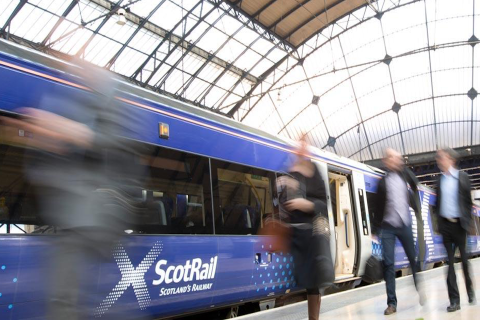Spain ready to become testing ground for international high-speed rail competition in Europe

As the end of the year is approaching, Iryo is preparing to enter the Spanish high-speed rail market in full force. The 25th of November will mark an historical day, as for the first time in Europe three national and foreign rail companies are going to compete at high-speeds. Will this follow the Italian liberalisation experience or are we entering unexplored territory?
Want to read more?
You have read all of your free premium articles for this month. Please become a subscriber to keep reading.
Subscribe now!
Take advantage of our exclusive offer to get full access to all premium content.




